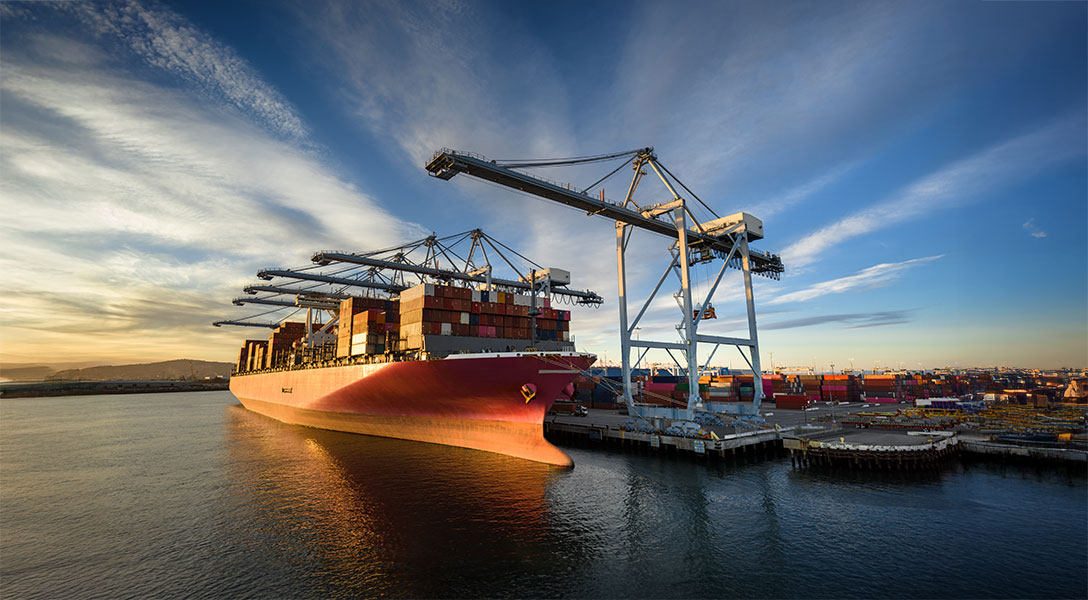
Breaking China: Reordering global trade and the evolving U.S.–Mexico relationship
Introduction
The structure of the global trading system and its players have significantly changed over the past decade, reshaping the economic relationships between China, the United States and Mexico. This transformation—accelerated by U.S.–China trade tensions, the pandemic and geopolitical uncertainty—has renewed focus on resilience, geography and governance relating to cross-border supply chains.
We examine the evolving trade and investment linkages between China and North America and the broader policy implications. The interaction of trade flows, foreign direct investment and regional production strategies across borders is of special note.
On one side, China has shifted the orientation of its trade and investment policy. Once heavily focused on trade with advanced economies, China has progressively pivoted toward greater engagement with the Global South and emerging markets. These efforts are supported by activities such as the Belt and Road Initiative to finance trade and infrastructure abroad and efforts to internationalize the renminbi. This reorientation reflects both strategic objectives and a response to growing trade frictions with the U.S. and other Western partners.
At the same time, the U.S. has reassessed its own position within global trade, as partly reflected in the renegotiation of the North American Free Trade Agreement and its transformation into the United States–Mexico–Canada Agreement in 2020. The emerging U.S. worldview involves a more assertive use of tariff and trade policies and a growing emphasis on nearshoring and reshoring as tools to strengthen supply chains and boost the U.S. economy.
This policy evolution has direct implications for Mexico, which sits at the intersection of these global shifts. As U.S. import patterns increasingly diverge from their pre-Global Financial Crisis openness, Mexico has become both a beneficiary of trade diversion from China and a potential platform for North American supply chain reconfiguration—trends we explore here.Related articles
Publications
- U.S. tariff outcomes dependent on trading partner responses
- Mexico nearshoring yet to yield big investment despite global trade tensions
- Mexico’s productivity woes limit nearshoring, growth potential
- Korea, Japan growth experiences suggest China’s economy to slow in next 20 years
- Mexico seeks to solidify rank as top U.S. trade partner, push further past China
Working Papers
- A History of U.S. Tariffs: Quantifying Strategic Trade-Offs in Tariff Policy Design
- Trade Costs and Inflation Dynamics
- An Anatomy of U.S. Establishments’ Trade Linkages in Global Value Chains
- What Imports to Import Prices?
- The Postpandemic U.S. Immigration Surge: New Facts and Inflationary Implications
- The Contribution of Foreign Holdings of U.S. Treasury Securities to the U.S. Long-Term Interest Rate
- Deindustrialization and Industry Polarization
- Demographic Transition, Industrial Policies and Chinese Economic Growth